The Role of VoIP in Disaster Recovery Planning
In disaster recovery planning, an unexpected hero has emerged: Voice over Internet Protocol (VoIP). Unforeseen disasters can pose significant risks to business operations, particularly in areas of communication. The longevity and success of a business in the wake of such events largely depend on the robustness of its disaster recovery plan. VoIP plays a pivotal role in ensuring communication channels remain intact during crises.
Understanding Disaster Recovery and VoIP
When discussing disaster recovery, we’re looking at the strategies and processes to help businesses bounce back after any kind of disruption, be it a natural disaster or a tech hiccup. VoIP is a modern solution for ensuring communication doesn’t halt, no matter the challenge.
But what is VoIP?
The technology lets users make voice calls using a broadband internet connection instead of a regular phone line. This mash-up of disaster recovery and VoIP is critical for keeping businesses running smoothly no matter the weather, literally and figuratively. It offers call forwarding, caller ID, and even video calls without a traditional phone line. Essentially, VoIP transforms the internet into a communications provider, eliminating the need for physical phone lines.
The Connection Between VoIP and Disaster Recovery
In the event of a crisis, having a VoIP system means your communication lines can stay up and running as long as the internet service keeps kicking. This resilience stems from VoIP’s lack of reliance on traditional, physically vulnerable phone lines. Plus, with features like hosted PBX, businesses can enjoy further continuity since the system is housed off-site, away from potential on-site disasters.
The Benefits of VoIP in Disaster Recovery
The advantages of weaving a VoIP phone system into your disaster recovery plan are numerous and compelling. From cost savings to maintaining a reliable connection with clients and employees during unforeseen events, VoIP offers a safety net that can keep your business afloat during tough times.
Scalability
VoIP systems are highly scalable, making it easy to adjust capacity and add new users or locations as needed. This flexibility is beneficial during disaster recovery scenarios when rapid changes to communication infrastructure may be necessary.
Centralized Management
VoIP systems typically offer centralized management interfaces, allowing administrators to configure, monitor, and troubleshoot communication services from a single platform. This centralized approach simplifies disaster recovery planning and implementation, streamlining management tasks during critical situations.
Cost Efficiency
VoIP often represents a cost-effective alternative to traditional phone systems, with lower upfront investment and reduced ongoing maintenance costs. By leveraging VoIP for disaster recovery planning, businesses can save costs while ensuring robust communication capabilities during emergencies.
Unified Communication Features
VoIP systems typically offer a wide range of unified communication features, including voice calling, video conferencing, instant messaging, and file sharing. These integrated features enhance collaboration and facilitate remote communication, supporting effective employee coordination during disaster recovery efforts.
Data Backup and Recovery
VoIP providers often implement robust data backup and recovery mechanisms to safeguard communication data in the event of system failures or disasters. These backup solutions help ensure critical communication records are preserved and accessible for business continuity.
Discover more about the role of VoIP in navigating disasters and ensuring seamless communication no matter where you’re located.
Enhanced Communication Reliability
Reliability in the face of adversity is where VoIP stands out. Since it operates over the internet, it can sidestep many issues that traditional phone lines face during natural disasters, such as physical damage to lines or systems. With VoIP, as long as you have an internet connection, your phone system stays up—regardless of your geographic location.
Scalability and Flexibility of VoIP Phone Systems
Whether you’re expanding your team or need to quickly adjust due to a sudden change in business operations, VoIP systems are incredibly adaptable. Scaling up or down is a breeze, and you can tailor your setup to match your current needs—something especially valuable during unexpected scenarios requiring a rapid response.
By leveraging VoIP for disaster recovery planning, businesses can enhance their resilience, minimize communication disruptions, and maintain essential operations during emergencies. VoIP systems’ scalability, flexibility, and advanced features make them valuable assets in comprehensive disaster recovery strategies.
Key Features of VoIP for Disaster Recovery
VoIP isn’t just about making and receiving calls over the internet. It comes packed with features specifically designed to enhance business continuity during emergencies. Let’s explore some of these game-changers.
Call Routing and Redirection in Disaster Scenarios
One of the most critical features for disaster recovery is VoIP’s ability to redirect calls instantly. If a natural disaster hits your main office, calls can be rerouted to cell phones, remote offices, or wherever you choose, ensuring that customer service and business operations continue unhindered.
VoIP’s Geo-Redundancy for Business Continuity
Geo-redundancy refers to having multiple, geographically dispersed data centers. If one center goes down due to a natural disaster, another can take over without a hitch. This VoIP feature ensures your phone system remains online, maintaining critical voice traffic flow for your business.
Data and Voice Encryption for Increased Security During Disasters
Security is a massive concern, especially during disasters when systems can be more vulnerable. VoIP offers robust data and voice encryption, safeguarding your communications from interception or disruption and ensuring your business stays secure.
Implementing VoIP Into Disaster Recovery Planning
To make the most of VoIP as part of your disaster recovery strategy, following a set of best practices is essential. Implementation isn’t just about choosing a VoIP provider; it involves thoughtful planning and regular maintenance to ensure readiness for any eventuality.
Conduct a Risk Assessment for VoIP Implementation
Start with a thorough risk assessment. Identify potential threats to your communication systems, from natural disasters to cyberattacks, and consider how VoIP can help mitigate these risks. Understanding your business’s specific challenges is critical for crafting a tailored VoIP disaster recovery plan.
Regular Testing and Updating
A VoIP disaster recovery plan is only as good as its execution. Regularly test your VoIP disaster recovery setup to ensure everything works as it should. Adjustments and updates are likely necessary as your business evolves and new potential threats emerge. Keeping your plan current is crucial for its effectiveness.
Choose a Reliable VoIP Service Provider
Not all VoIP services are created equal. Look for a provider with robust disaster recovery features, like call routing and geo-redundancy. Additionally, reliability, customer service, and security measures are paramount. A good VoIP provider doubles as your partner in your disaster recovery efforts, not just a vendor.
If you want to ensure your business is prepared for a disaster and can carry on seamlessly without suffering downtime? Consider turning to the experts at Superior Office Solutions.
Develop a VoIP Disaster Recovery Plan With Superior Office Solutions
At Superior Office Solutions, we recognize the severe impact unexpected disasters can have on your business operations. Conventional phone lines disrupted by storms or other calamities can lead to prolonged downtime, affecting communication and productivity. However, with our VoIP disaster recovery services, we offer the ideal solution.
By leveraging cloud technology, our VoIP services circumvent the challenges posed by natural disasters, ensuring uninterrupted communication and system functionality. Don’t wait until disaster strikes—turn to us today to safeguard your business against unforeseen disruptions and ensure continuity of operations. Contact us today to safeguard your business.
Share This Post
More Like This



